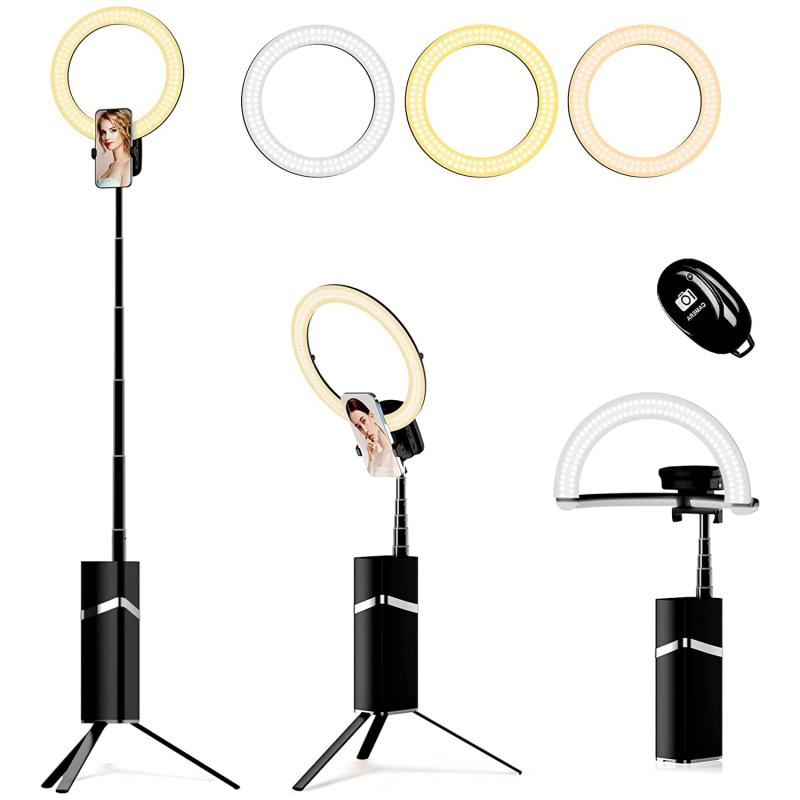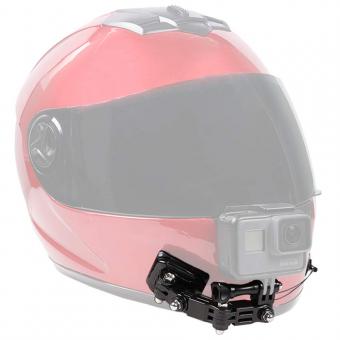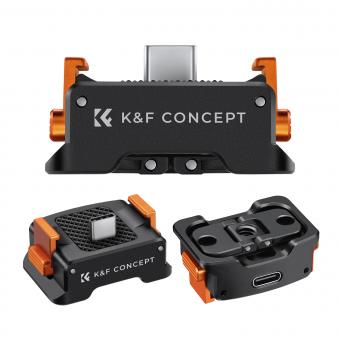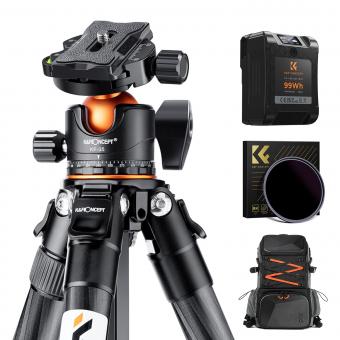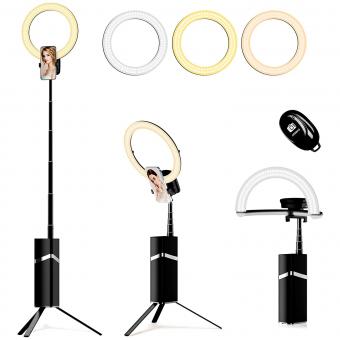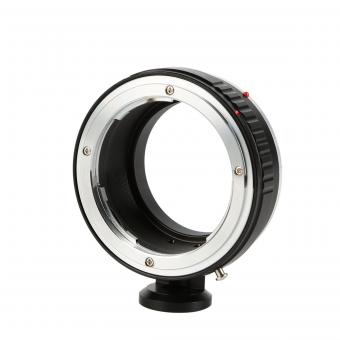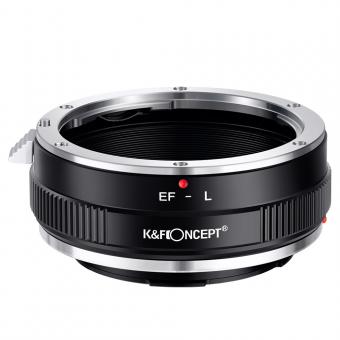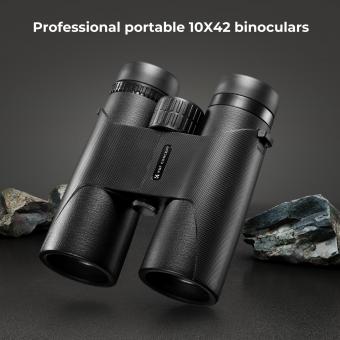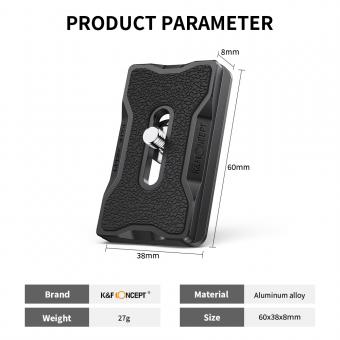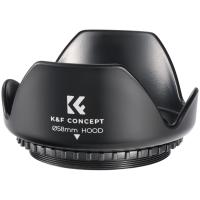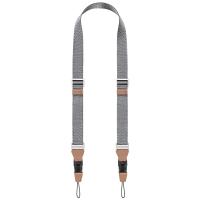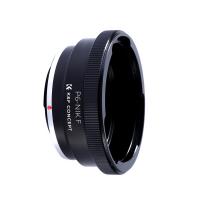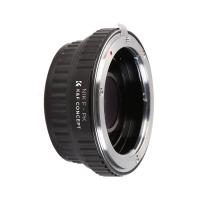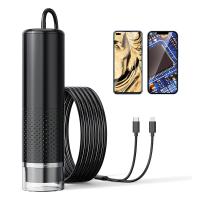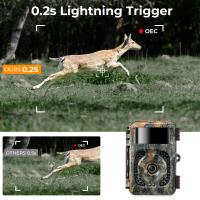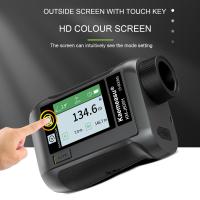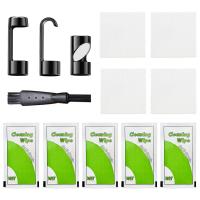How To Fix Tripod Stand ?
To fix a tripod stand, first, identify the specific issue or problem you are facing with the stand. It could be a loose joint, a broken part, or an unstable base. Once you have identified the problem, try tightening any loose screws or bolts using the appropriate tools. If a part is broken, you may need to replace it with a new one. If the base is unstable, make sure the legs are fully extended and locked into place. You can also try adjusting the position of the legs to ensure better stability. If none of these steps work, it may be necessary to consult the manufacturer's instructions or contact customer support for further assistance.
1、 Adjusting the tripod legs for stability
To fix a tripod stand and ensure stability, one of the key steps is adjusting the tripod legs. Here's a step-by-step guide on how to do it effectively:
1. Extend the legs: Start by extending the tripod legs to their maximum height. This will provide a solid base for adjustments.
2. Check the leg locks: Inspect the leg locks to ensure they are securely fastened. Loose leg locks can cause instability, so tighten them if necessary.
3. Spread the legs evenly: Position the tripod on a flat surface and spread the legs evenly. Make sure the legs are at an equal distance from each other to distribute the weight evenly.
4. Adjust the leg angles: Most tripods have adjustable leg angles to accommodate different terrains. If you're on uneven ground, adjust the leg angles accordingly to ensure stability. Some tripods also have a center column that can be adjusted for additional height or stability.
5. Use a bubble level: Many tripods come with a built-in bubble level. Check the level to ensure the tripod is balanced. Adjust the leg lengths if needed to achieve a level position.
6. Add weight for stability: If you're shooting in windy conditions or on an unstable surface, adding weight to the tripod can help improve stability. You can use a sandbag or hang your camera bag from the center column hook.
7. Avoid extending the center column: Extending the center column to its maximum height can compromise stability. It's best to keep the center column as short as possible to maintain a sturdy tripod.
8. Regularly check for stability: Throughout your shoot, periodically check the tripod for stability. Adjust the legs or make any necessary changes to maintain a secure setup.
It's important to note that different tripods may have specific instructions for adjustment, so always refer to the manufacturer's guidelines. Additionally, advancements in tripod technology may introduce new features or improvements, so it's advisable to stay updated with the latest information from the manufacturer or online resources.

2、 Tightening loose screws or bolts on the tripod head
To fix a tripod stand, one common issue that can be addressed is tightening loose screws or bolts on the tripod head. Over time, the constant use of a tripod can cause the screws or bolts to become loose, resulting in instability and potential damage to your camera equipment.
To begin, you will need a screwdriver or an appropriate wrench, depending on the type of screws or bolts used in your tripod. Start by inspecting the tripod head and identifying any loose screws or bolts. Carefully tighten them using the appropriate tool, being cautious not to overtighten and risk damaging the tripod.
It is also important to note that different tripod models may have specific instructions or mechanisms for tightening screws or bolts. Therefore, it is advisable to consult the tripod's user manual or the manufacturer's website for any specific guidelines or recommendations.
Additionally, it is worth considering using thread-locking adhesive on the screws or bolts to prevent them from loosening again in the future. Thread-locking adhesive is a type of glue that can be applied to the threads of the screws or bolts, creating a secure bond that helps prevent them from coming loose due to vibrations or movement.
Regular maintenance and inspection of your tripod can help identify and address any loose screws or bolts before they become a significant issue. By taking the time to tighten them properly and potentially using thread-locking adhesive, you can ensure the stability and longevity of your tripod stand.
In conclusion, tightening loose screws or bolts on the tripod head is a crucial step in fixing a tripod stand. By following the appropriate steps and considering additional measures like using thread-locking adhesive, you can maintain the stability and functionality of your tripod for years to come.

3、 Replacing damaged or worn-out tripod parts
To fix a tripod stand, there are a few steps you can take. The first step is to identify the specific issue with the tripod. It could be a loose leg, a broken clamp, or a damaged head. Once you have identified the problem, you can proceed with the appropriate solution.
If the issue is a loose leg, you can try tightening the screws or bolts that hold the leg in place. If that doesn't work, you may need to replace the leg altogether. Many tripod manufacturers offer replacement parts, so you can contact the manufacturer or check their website for the specific part you need.
If the problem lies with a broken clamp, you can also try tightening any screws or bolts that hold the clamp in place. If that doesn't work, you may need to replace the clamp. Again, check with the manufacturer for replacement parts.
If the tripod head is damaged, it may be more difficult to fix. In some cases, you may be able to replace the head with a new one. However, if the damage is extensive, it may be more cost-effective to purchase a new tripod altogether.
It's worth noting that some tripods are not designed to be repaired. In these cases, it may be best to invest in a new tripod rather than attempting to fix it.
In conclusion, fixing a tripod stand involves identifying the specific issue and taking appropriate action. This may include tightening screws or bolts, replacing damaged parts, or purchasing a new tripod altogether.
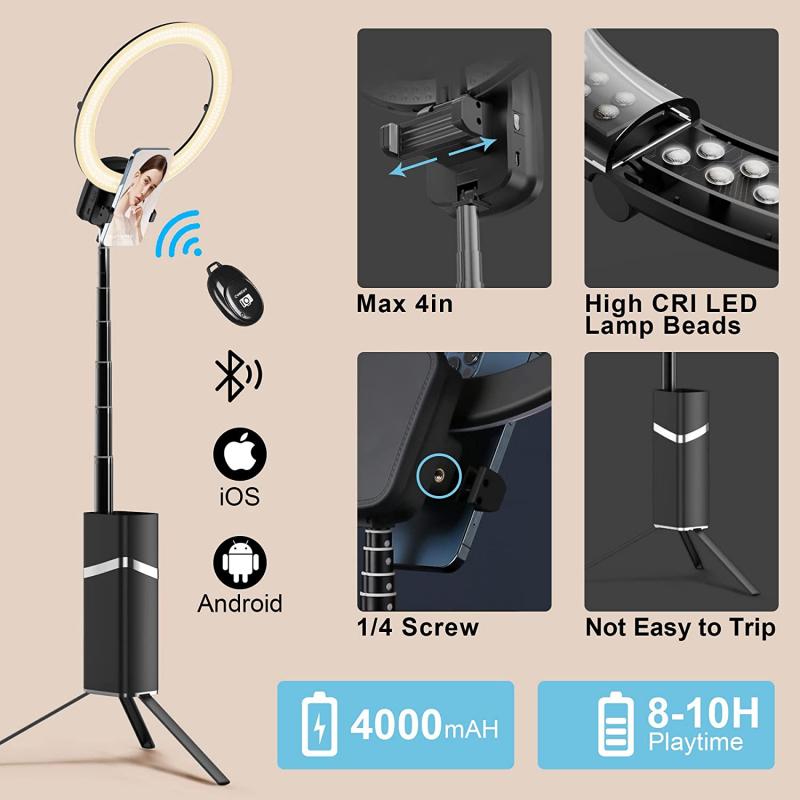
4、 Lubricating moving parts for smoother operation
To fix a tripod stand, one of the key steps is to lubricate the moving parts for smoother operation. Lubrication helps reduce friction and wear, ensuring that the tripod functions properly and extends its lifespan. Here's a step-by-step guide on how to lubricate the moving parts of a tripod stand:
1. Identify the moving parts: Before applying any lubricant, it's important to identify the specific moving parts that require lubrication. These typically include the leg joints, center column, and any other adjustable components.
2. Clean the parts: Use a soft cloth or brush to remove any dirt, dust, or debris from the moving parts. This step is crucial as it ensures that the lubricant can penetrate effectively and doesn't mix with any contaminants.
3. Choose the right lubricant: Select a lubricant that is specifically designed for tripod stands or similar equipment. Silicone-based lubricants are often recommended as they provide excellent lubrication without attracting dust or dirt.
4. Apply the lubricant: Apply a small amount of lubricant to each moving part. Be careful not to over-lubricate, as excess lubricant can attract dirt and cause a mess. Use a clean cloth or your fingers to spread the lubricant evenly.
5. Work the lubricant in: Move the tripod stand's adjustable parts back and forth to distribute the lubricant evenly. This helps the lubricant penetrate the joints and ensures smoother operation.
6. Wipe off excess lubricant: After working the lubricant in, use a clean cloth to wipe off any excess lubricant. This step prevents the accumulation of dirt and keeps the tripod stand clean.
7. Regular maintenance: To maintain the tripod stand's performance, it's recommended to lubricate the moving parts periodically. The frequency of lubrication depends on the usage and environmental conditions. However, a general guideline is to lubricate the tripod every few months or whenever you notice any stiffness or resistance in the moving parts.
In addition to lubrication, it's important to handle the tripod stand with care, avoid overloading it, and store it in a dry and clean environment. Regular maintenance and proper usage will help ensure the tripod stand's longevity and optimal performance.
From a latest point of view, advancements in tripod design and materials have led to the development of self-lubricating tripod stands. These innovative designs incorporate materials that have built-in lubricating properties, reducing the need for manual lubrication. Self-lubricating tripod stands offer convenience and ease of use, as they require less maintenance and provide smoother operation over an extended period. However, it's still important to periodically inspect and clean these tripod stands to ensure their optimal performance.
